Co-founder | CEO | Product Design | Front-end | Branding
AFAIK.io
/Knowledge management for self-learners/
VisitCo-founder | CEO | Product Design | Front-end | Branding
/Knowledge management for self-learners/
VisitLet's talk about something that seems oddly simple but isn't: teaching yourself something new in 2025. With AI and the internet, this should be easy, right? What’s wrong with prompting ChatGPT with "teach me linear algebra" and boom – instant knowledge?
In reality, this would likely be your journey instead:
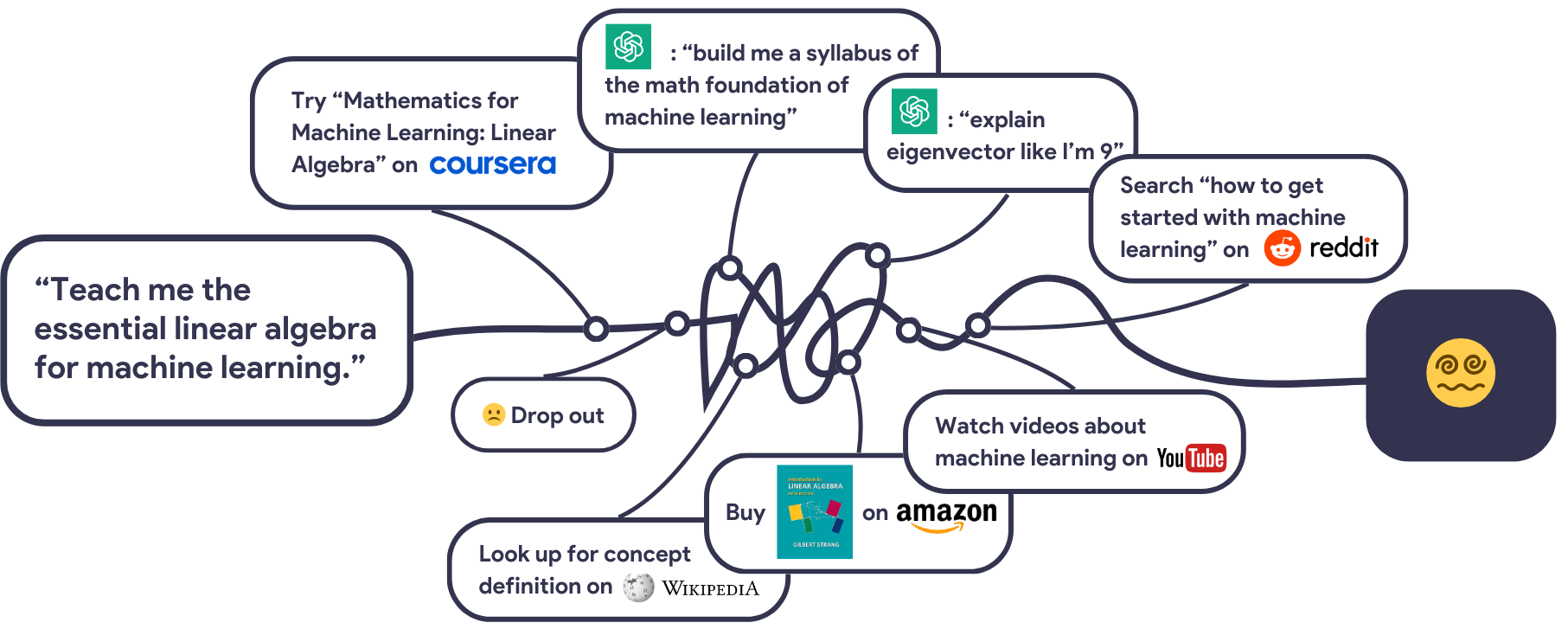
Here’s the thing: This chaos happens for a reason. It happens because you don’t have a map. Let me explain.
If you are looking for a washroom in a mall, you will find the floor map. It will tell you two things: where you are, and where the washroom is. Then you will look around and plan a route in your head before you go. But self-learning feels like being dragged around by random people who have different ideas about the floor plan, being led to a Starbucks, then a Dairy Queen, then a Sephora (and being forced to try a new sample or two), while you can’t wait to just pee. This happens because none of the learning platforms nowadays knows about:
This is why aristocratic tutoring is so effective: because the tutor, knowing the landscape of the subjects, has spent so much time with the student that they understand where the student is in the knowledge map, and is able to design a customized learning path for the student.
I want to make this kind of aristocratic tutoring accessible for everyone.
This is why I build AFAIK (short for “as far as I know”), a GPS for self-learners to guide themselves based on a map of human knowledge.
Product design 101 teaches us not to reinvent wheels and follow established patterns. This works wonderfully for most problems. But what if you’re not building a slightly better wheel? What if you’re building Ford Model T, or the first-ever all-encompassing map of human knowledge?
In AFAIK’s case, traditional learning platforms like Khan Academy, Coursera, and Brilliant don’t provide much inspiration. They build their content like nice, neat grocery store aisles: math here, physics there. Your learning experience is neat, linear, yet confined and isolated.
Now we know that knowledge doesn’t work that way. The concept “derivatives” doesn’t just sit neatly in math—it bridges physics, economics, and beyond. In this sense, Google Maps provides better inspiration.
When you use Google Maps, you’re usually in one of two modes:
AFAIK works the same way:
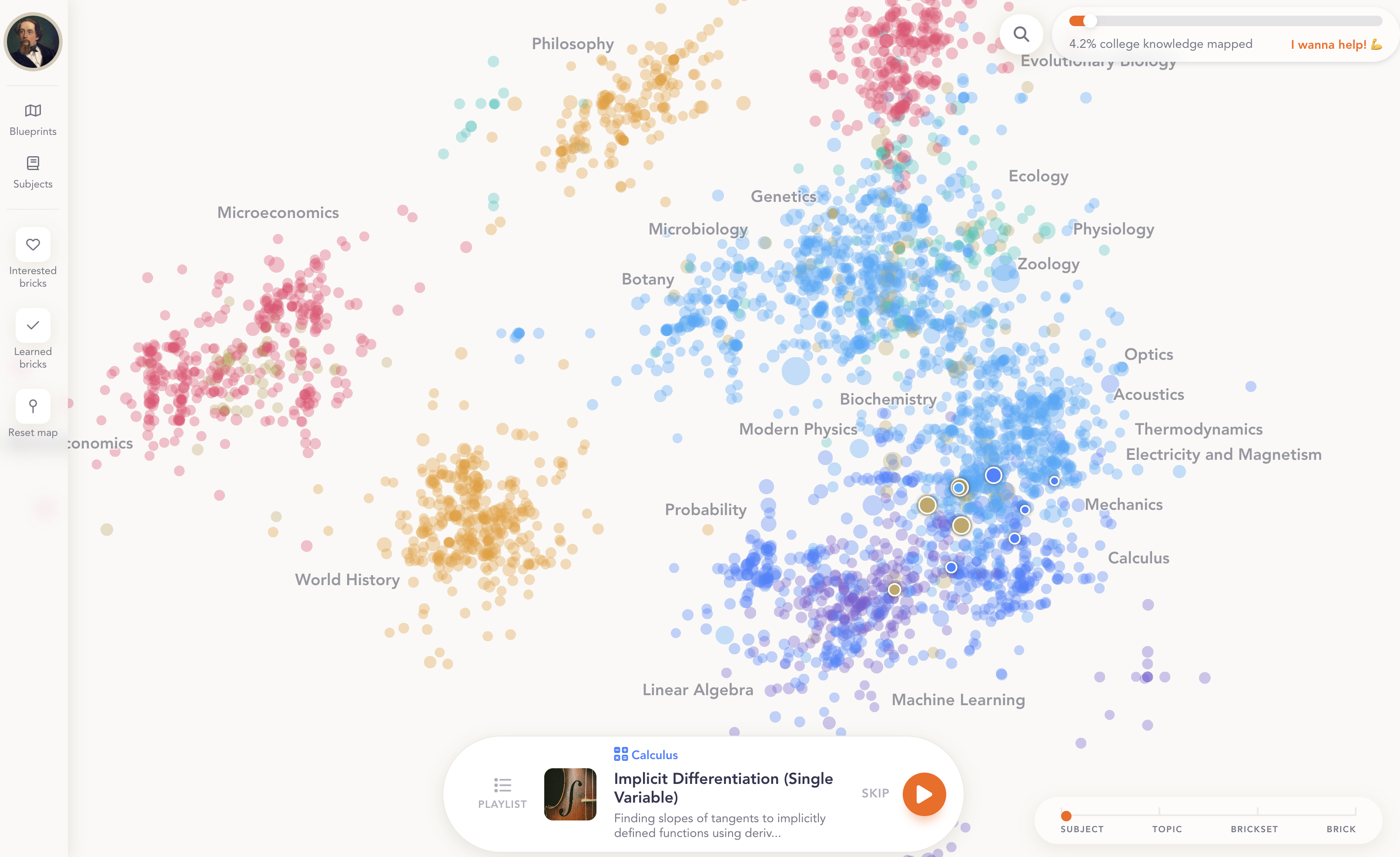
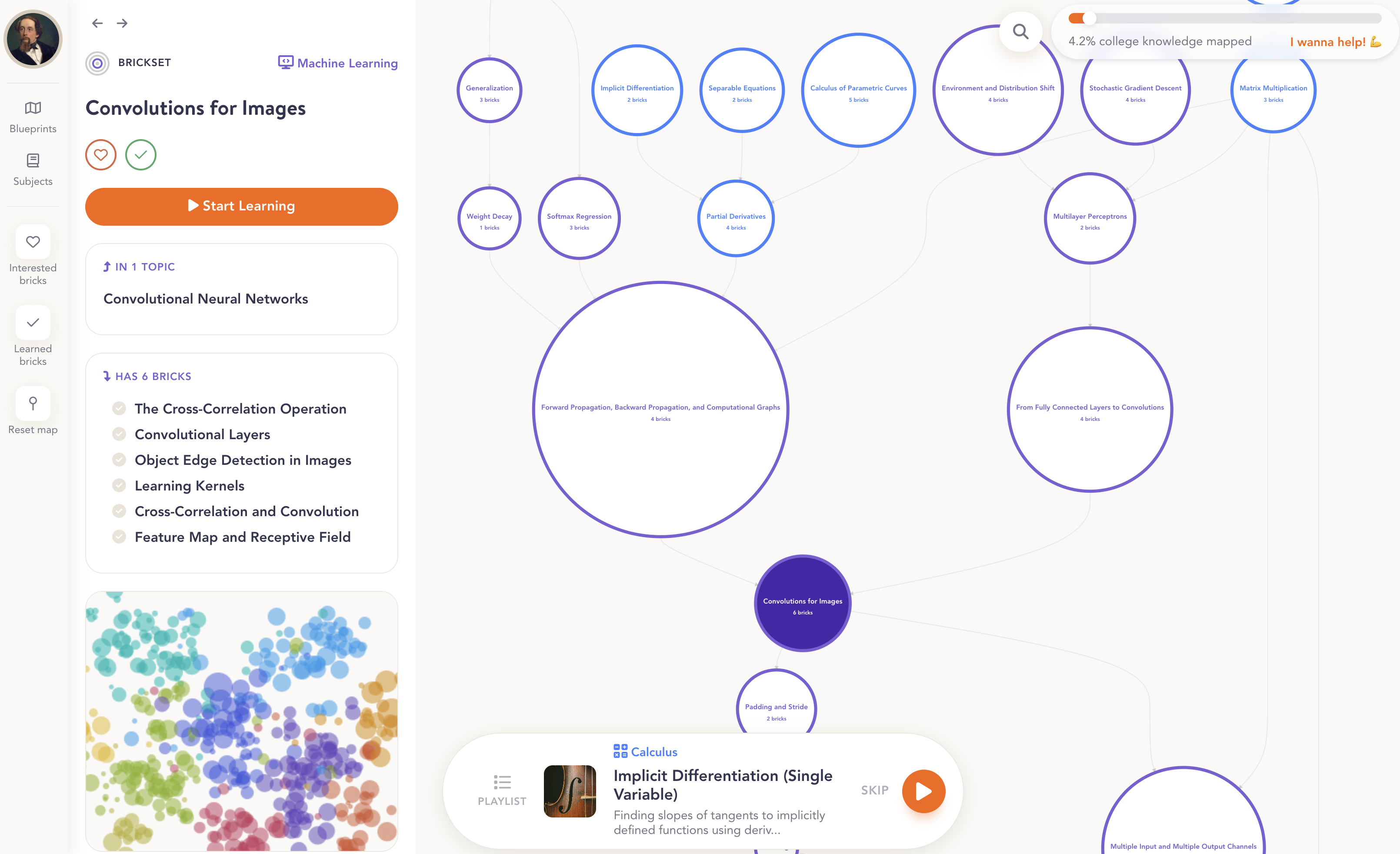
An investor told me: “I was at MIT and Stanford looking for ideas last year, and frankly was disappointed. This (AFAIK) is one of the most unique things I’ve seen. It’s the future way of learning.”
AFAIK visualizes how concepts from different domains are connected across a continuous knowledge map. Each dot is a concept that comes with summary, detailed tutorial and resources.
AFAIK pinpoints the learner's knowledge gaps by revealing prerequisite relationships among concepts.
The learner can assemble the concepts into custom syllabi about any topic, from the math foundations of eigenvectors to quirky questions like "how to slap a chicken to cook it 🍗".
Each concept is a mini course that can be learned in 10 minutes. Our users learn on AFAIK while having their morning coffee ☕️, on their commute 🚎, and on toilet 🧻.
The learner can set a syllabus as their study plan, set a deadline and customize their devotion.
When we first launched AFAIK, we shared it with a small group of early adopters—about 200 self-proclaimed polymaths. These weren’t just casual learners. They were people like me: jumping between books, keeping 200 tabs open, and occasionally trying to manually build the thing AFAIK was meant to solve. Some even had their own messy spreadsheets mapping out academic concepts. If anyone was going to get AFAIK, it was this crowd.
And they loved it. At first.
The knowledge map blew them away—for a week, it was all excitement. But then the drop-off started. Retention plummeted. We talked to the users, and the issue became clear: they didn’t know where to start or how to keep going. One user described it perfectly: “AFAIK feels like holding the universe in your hands but don’t know what to do with it.”
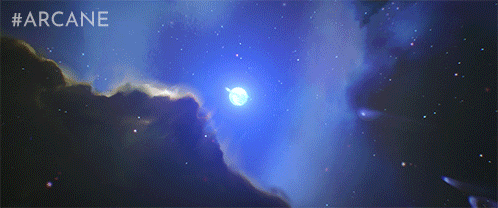
Here’s what’s happening.
Knowledge, as Paul Graham described, is a fractal network. Each concept is a small universe, a rabbit hole of its own research questions, experiments, and theories. Take “gravity”, for example. In Physics 101, it’s simple: objects pull on each other, and Newton’s law gives you the math to calculate the pull. But dig deeper, you will meet Einstein and general relativity. Keep going, and the rabbit hole gets weirder: black holes, gravitational waves, and quantum mechanics come to play, and suddenly, this “basic” concept explodes into a web of questions, theories, and unsolved mysteries, each leading to another layer of discovery.
But here’s the catch: we learn linearly. As Stephen Pinker points out in The Sense of Style: “Knowledge is a network, not a tree or a ladder, and the challenge of writing is to convey a multidimensional web of ideas in a one-dimensional string of words.” Teaching and learning are linear, and for good reason: without a clear starting point and a logical sequence, the process becomes overwhelming.
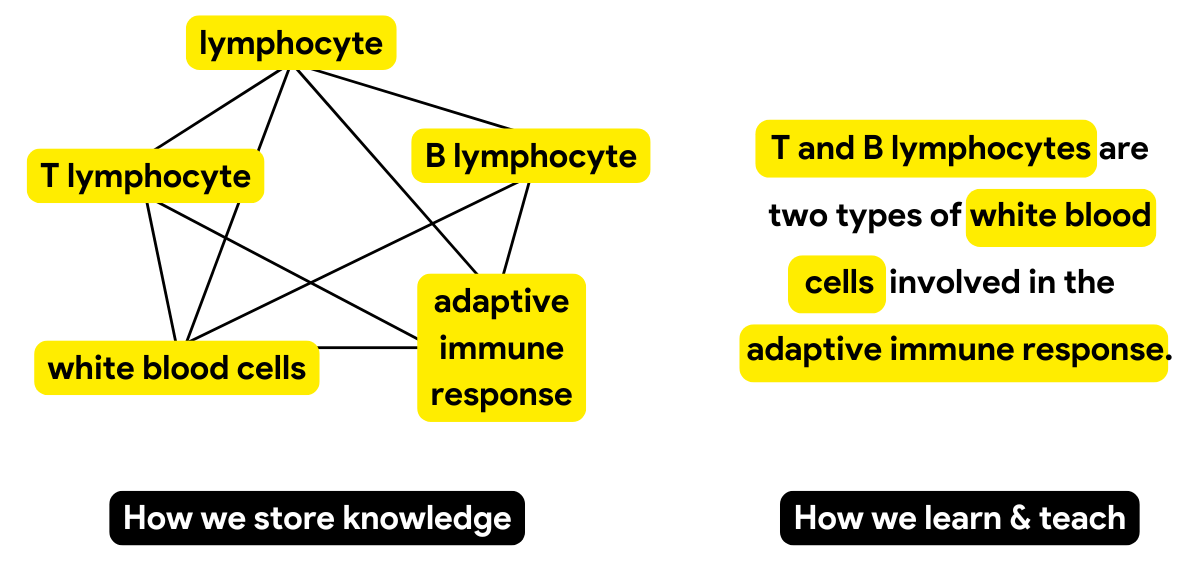
It turns out, even in a beautifully interconnected world of knowledge, people still need an outline—a clear list to tell them: start here, then go there. To travel around the world, you need both a map and a travel plan.
If you don't know this already, here's the thing: I'm a gamer. I play both console games and League. And when I play Legend of Zelda, I found myself almost never get lost in this open world, despite the size of the map and the complexity of the landscape. It seems like Nintendo is striking a perfect balance between roaming freely and proceeding linearly Well, especially in Breath of the Wild. The exploration design feels less polished in Tears of the Kingdom :/!
In The Legend of Zelda, you can wander anywhere, explore freely, and forge your own path. On the lower right corner, a mini map serves as a permanent visual element to guide you through the whole landscape. If you ever get lost, a glowing spot on your mini map can guide you toward the next quest. It doesn't take away your freedom, but it gives you just enough guidance to keep moving forward.
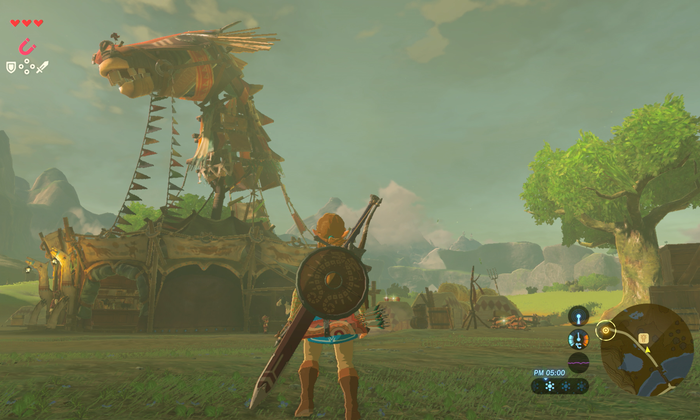
To see the details of those glowing spots, you can open up your Adventure Log, where it lists your main quests. If you don't know what to do next, this log becomes your anchor.
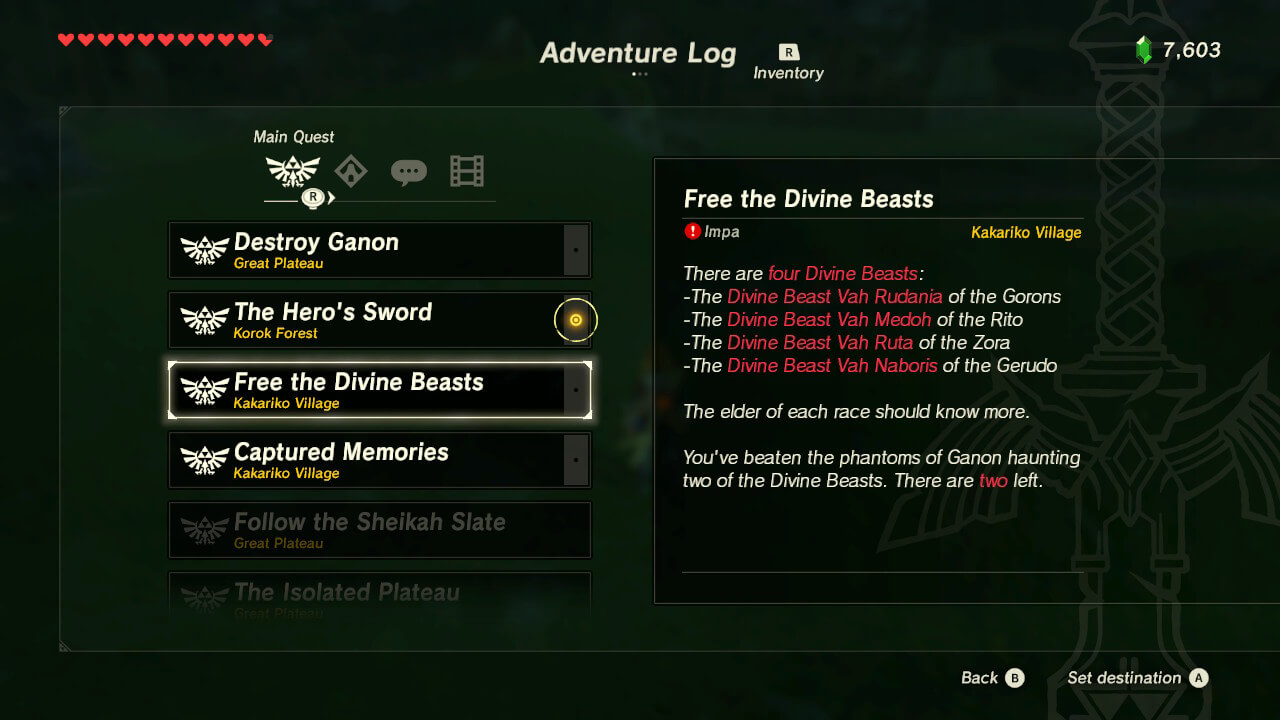
Thank you, Nintendo.
We stole this design to solve the network-vs-linear problem:
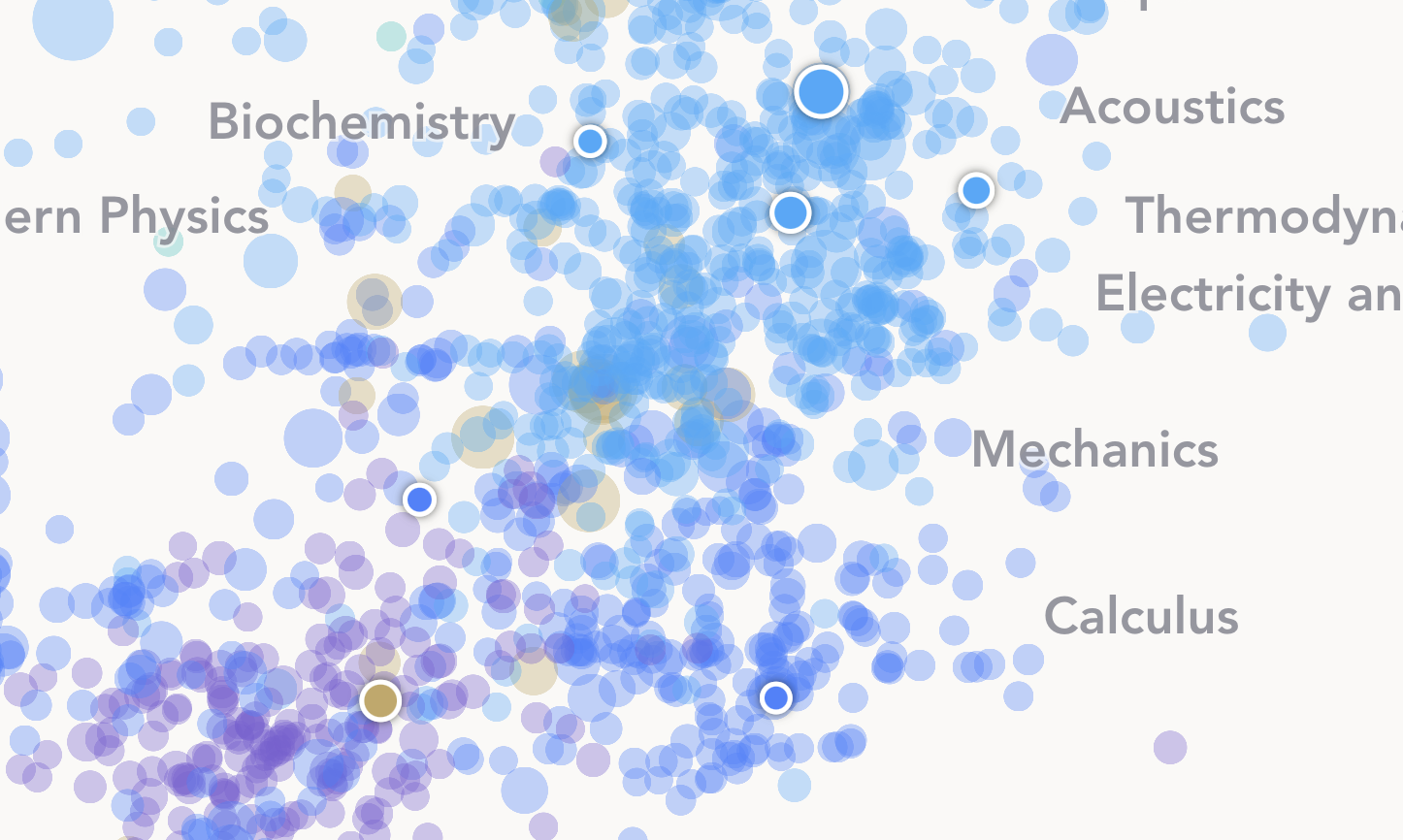
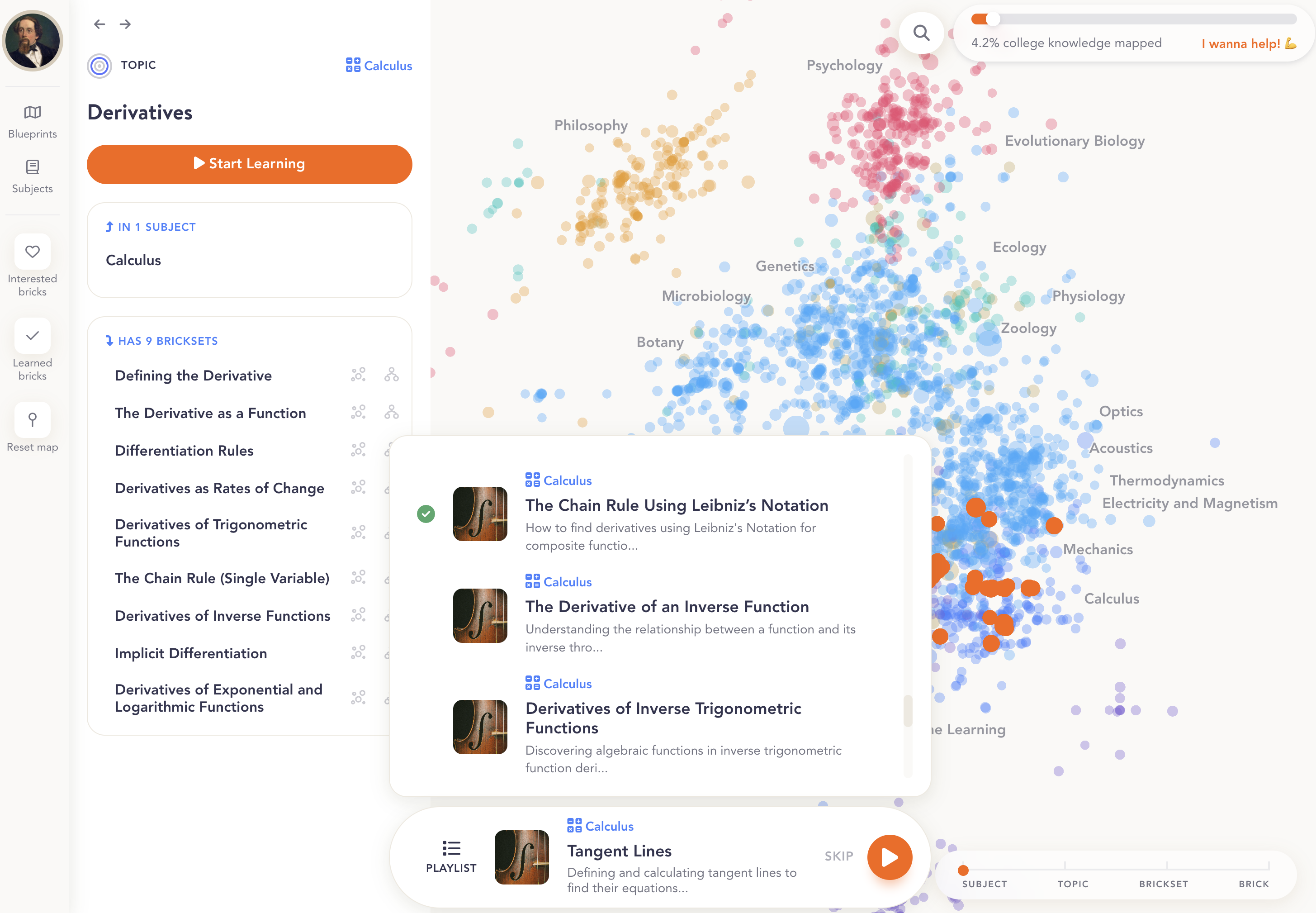
The result? A balance between freedom and structure, exploration and progression. Users could still roam freely through the knowledge graph, but now, they had a starting point and a clear path forward when they needed it.
The launch of these features oiled the stuck machine: the week 1 retention grew from 9.1% to 32%. We kept AFAIK's soul—the freedom to explore and connect ideas—but with a little inspiration from open-world games, this knowledge universe became intuitive and functional.
When we launched AFAIK, we hoped it would help people manage their learning. But now, it's changing lives. People are using AFAIK to prepare for medical exams, crush tech interviews, plan lessons for their kids, dive into psychology to better understand themselves, and even replace their college linear algebra textbook because, as one user put it, "this is way easier." I witnessed people spending 8 straight hours on the platform, people coming back everyday for months, and people blazing through hundreds of concepts across microbiology, world history and physics.
And they say:


For the world, AFAIK is a seed. As the first global knowledge map, it opens up the possibility of managing one's lifetime of learning in one place. A shared map of knowledge unlocks infinite possibilities, from a true social platform based on shared knowledge and learning interests, to a platform for researchers to collaborate, and maybe, even an alternative to traditional universities.
The MVP has been out for over a year, and AFAIK is attracting attentions from some of the top VCs in the US and Canada. We incorporated the business and joined multiple incubator programs. It starts to look like a real startup, except for one glaring problem: we haven't tested its commercial viability yet.
Looking back, we should've shipped the MVP in two months and tested paid features right away. But as a first-time founder, I made the classic rookie mistake: I got caught in the trap of overbuilding. Instead of focusing on the bare minimum, we spent months perfecting our AI pipeline—aggregating resources, extracting concepts, generating content, detecting hallucinations, and polishing the user experience.
And polishing user experience is particularly dangerous. Let me explain.
Before AFAIK, being a product designer, I saw everything through the lens of design:
I was the best student of Don Norman The author of The Design of Everyday Things and Steve Krug The author of Don't Make Me Think .
As a founder now, I found myself looking at the product with different lens. I think in funnels. I think about user acquisition, activation, retention, revenue and referral. I think about numbers. 40% activation? Fantastic. $0 CAC? Even better. 10% day 1 retention? Houston, we have a problem. 30%? That's my peace of mind for a week.
Let me just put it this way: All designers should think this way. YC told you to "build something people want"? No. Build something people will actually pay for.
When building a feature, instead of asking, "Are users using this feature?" or "Why aren't they using it?", the questions should be:
Being both founder and designer at AFAIK expanded my perspective on product design to a macro level: the essence of design isn't crafting a delightful experience—it's building a business that drives revenue. If I could go back in time two years, I'd tell myself: test your market, find your persona, think in funnels, and always know your numbers.
My Notion space is crammed with ideas about where AFAIK could go next. We could scale to cover more subjects. We could put AFAIK in a college classrooms and run controlled experiments. We could add spaced repetition, gamify learning, even connect the users and make it a social platform.

We are still going to do all of that, not to feature-creep the whole thing, but to test the waters. You know the saying: "Throw shit at the wall and see what sticks." That's where we're at now: ship features, track numbers, and make data-supported decisions. The foundation of the knowledge map is laid, and it's like a mother board for us to plugin this feature, connect that wire, and find a pathway will eventually light the bulb.
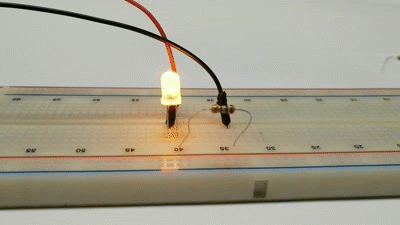
- end -